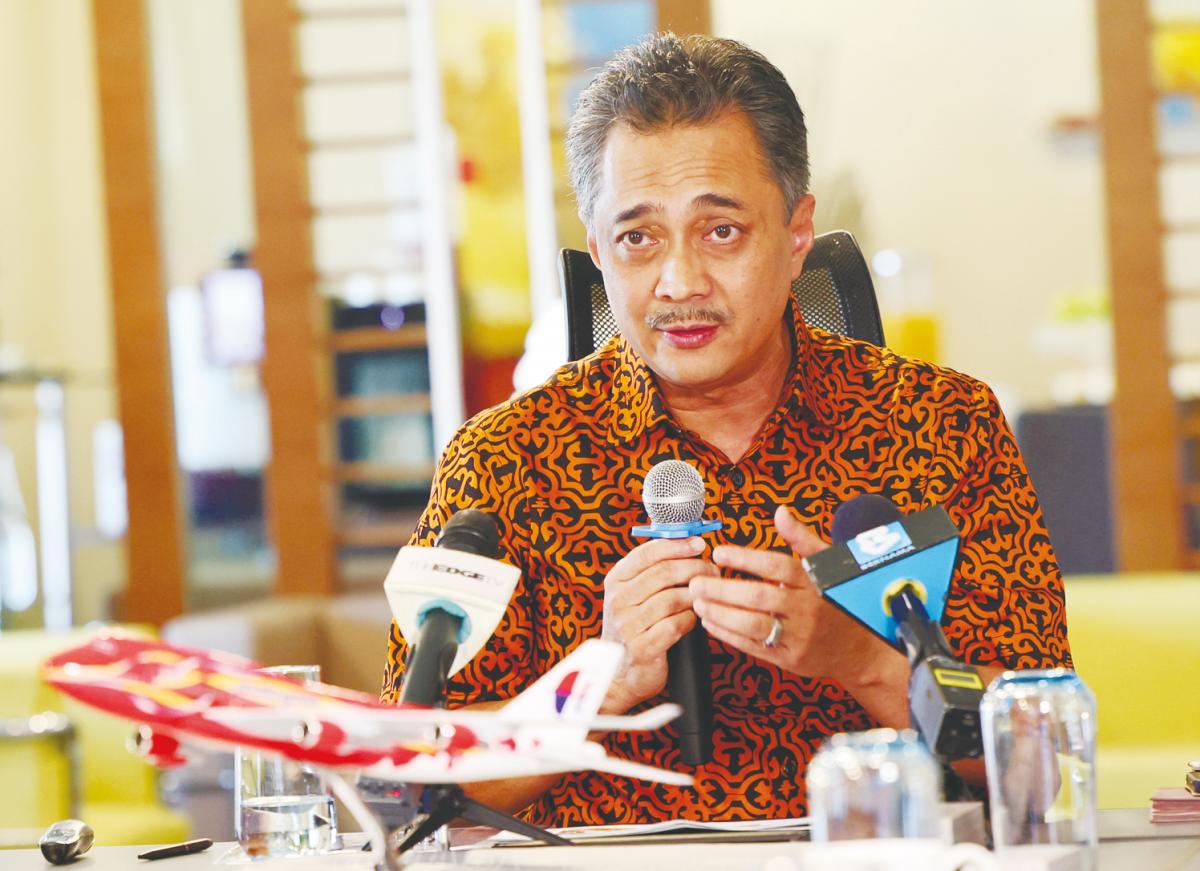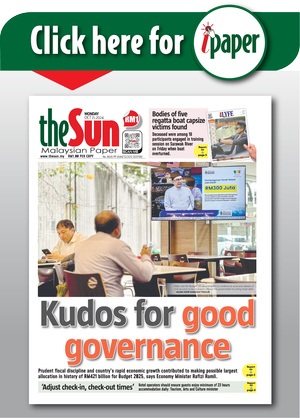SEPANG: Malaysia Airports Holdings Bhd (MAHB) is optimistic of achieving its target of 62 million passenger movements by year-end, a milestone that would mark its return to pre-pandemic levels.
Group managing director Datuk Mohd Izani Ghani said the positive trajectory is being driven by a series of strategic upgrades and service transformations across its network, particularly at the Kuala Lumpur International Airport (KLIA) Terminal 1.
“This year is about re-establishing our strength. Passenger movement numbers are moving in the right direction. Looking at the trend, 62 million by year-end is very achievable,” he told reporters during a media briefing on MAHB’s strategic direction here today.
Mohd Izani, who took the helm at MAHB in August last year, said the company has pivoted towards a more agile, responsive and customer-focused model, shedding old bureaucratic ways in favour of speed and service excellence.
“I told my team we cannot run an airport at the pace we used to. This is a customer-facing business. Passengers expect quick responses and smooth experiences, so that’s what we are focusing on,” he said.
He added that MAHB’s transformation is anchored on three pillars: service excellence, growth, and capacity enhancement under the group’s refreshed airport strategy, and the KLIA ecosystem is at the centre of this repositioning plan to build a connected and efficient hub.
MAHB has already completed 14 facility upgrades in the first half of the year (H1’25) at KLIA Terminal 1, involving improved passenger clearance lanes and check-in zones. These efforts, costing about RM30 million, have increased throughput by 40%.
“These are the low-hanging fruits, done with support from our experienced partners, including Global Infrastructure Partners. They helped us fine-tune operations, such as shortening clearance times and optimising passenger flows,” he said.
When asked about capital expenditure for H2’25, Mohd Izani replied that the company is still finalising the figures.
On MAHB’s regional competitiveness, he said the group is focused on building strength in the regional travel segment rather than competing head-on with larger hubs such as Changi (Singapore) or Suvarnabhumi (Bangkok).
“We do not need to fight head-on. We focus on our niche. Many regional carriers are already operating out of Malaysia and we can build on that. We provide the customer flow and the experience, and the connectivity will follow,” he said.
He noted that collaboration between airports and airlines has improved in recent months, which bodes well for long-term route development.
Asked on whether MAHB faces restrictions when engaging foreign carriers due to commitments to the national carrier, Mohd Izani said the airport operator maintains a performance-driven approach.
“We support our national airline as best we can. At the same time, we do not restrict others from coming in. Everyone has to perform. It’s a level playing field,” he said.
Mohd Izani said MAHB is exploring the feasibility of enabling seamless passenger transfers between KLIA Terminals 1 and 2.
Proof-of-concept trials are under way, including evaluating shuttle routes and baggage transfer processes.
“We are testing how many minutes it takes to move passengers between terminals, including baggage transfers. Once that is sorted, and if airlines are aligned, it can happen,” he said, adding that the Ministry of Transport is supportive of the initiative.
Commenting on the recent brief disruption to the newly resumed aerotrain service at KLIA due to rainwater accumulation, Mohd Izani said the issue was promptly resolved by replacing the faulty pump and improving the drainage system.
“We’ve been assured by our engineering team that it is under control now. The improvements have addressed the root cause,” he said.
In preparation for Visit Malaysia 2026 and the Asian Games in 2027, MAHB is curating new passenger experiences.
Among them is Project Rimba, a revitalised indoor forest with thematic features including improved lighting, waterfalls and seasonal floral showcases.
“We want to give passengers something to look forward to. This is part of our commitment to continuous improvement,” he said.
MAHB, now privately held by Khazanah Nasional via UEM, the Employees Provident Fund and Global Infrastructure Partners with Abu Dhabi Investment Authority, continues to hold its golden share under the Ministry of Finance.
Mohd Izani said the privatisation has helped expedite decision-making, with a supportive board comprising seven shareholder representatives and four government-appointed members.
“The transformation journey is only just beginning. We are putting the right team, the right partnerships, and the right pace to bring Malaysia Airports to the next level,” he said. – Bernama









